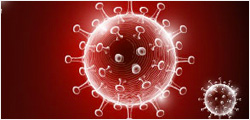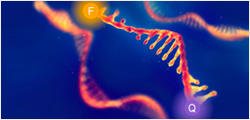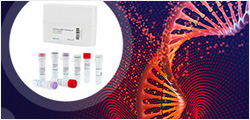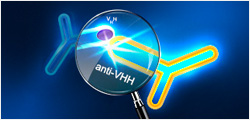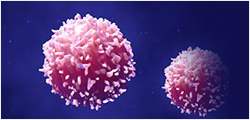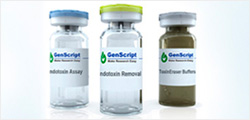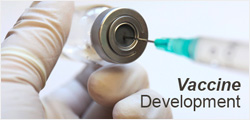
The purity of LTBR hFc Chimera, Mouse is greater than 95% as determined by SEC-HPLC.

LTBR hFc Chimera, Mouse on Bis-Tris PAGE under reduced condition. The purity is greater than 95%.
LTBR hFc Chimera, Mouse
Components of lymphotoxin beta receptor (LTBR)-associated signaling complexes, including TRAF2, TRAF3, NIK, IKK1, and IKK2 have been shown to participate in the coupling of LTBR to NFkappaB. TRAF3 functions as a negative regulator of LTBR signaling via both canonical and non-canonical NFkappaB pathways by two distinct mechanisms. These effects of TRAF3 depletion did not require LTBR signaling and were consistent with autonomous activation of the non-canonical NFkappaB pathway.
| Z06252 | |
|
|
|
| ¥35,443.00 | |
|
|
|
|
|
|
| Ask us a question | |
